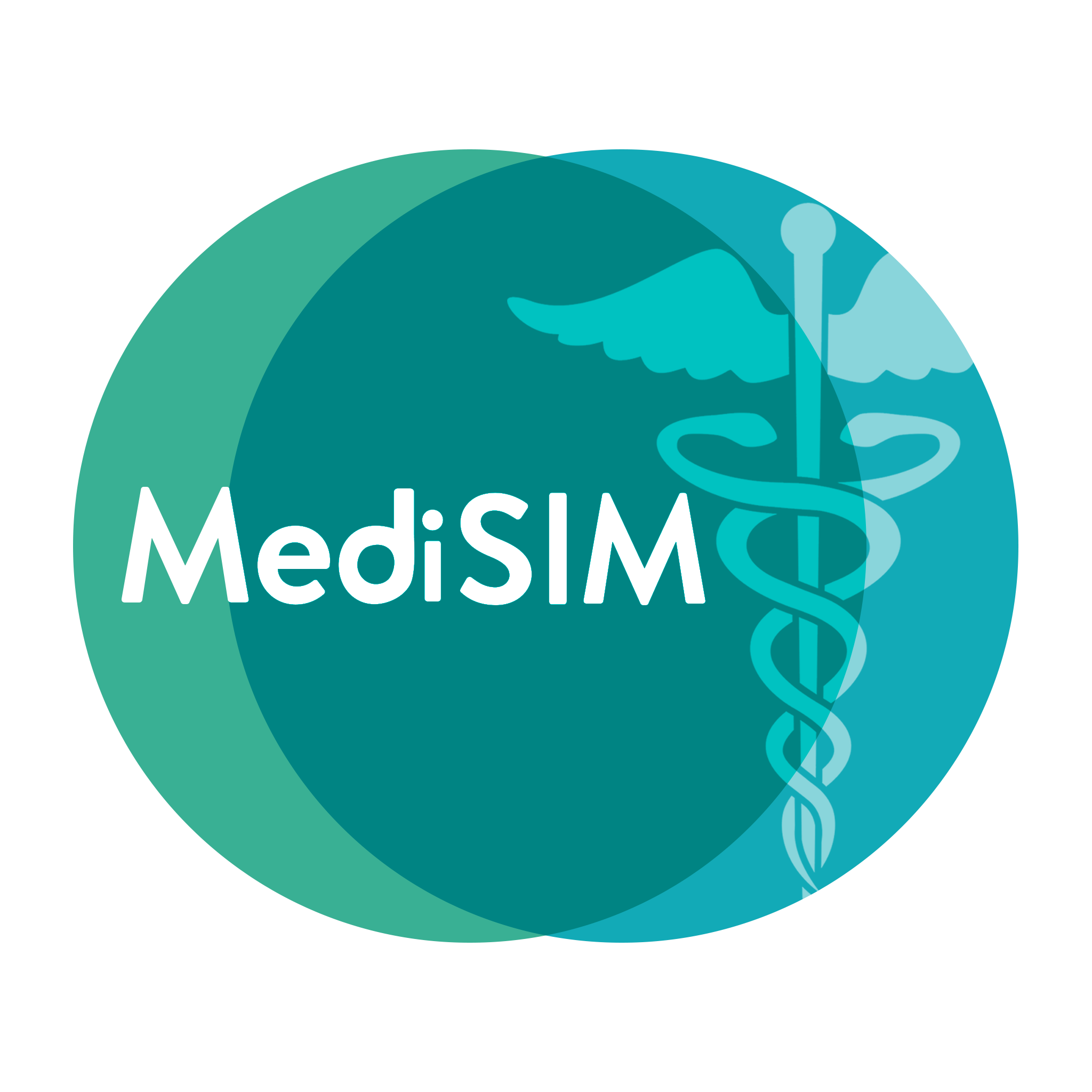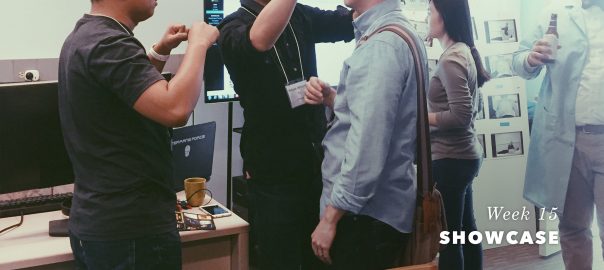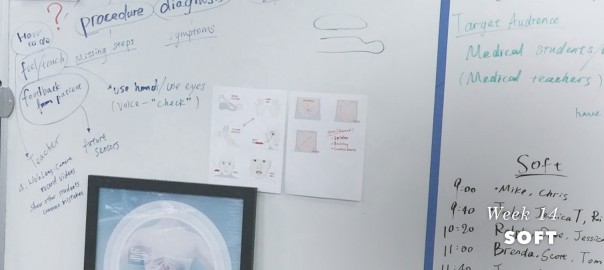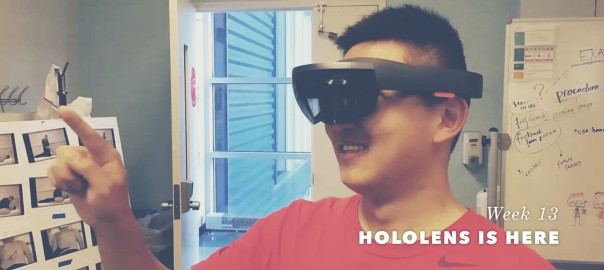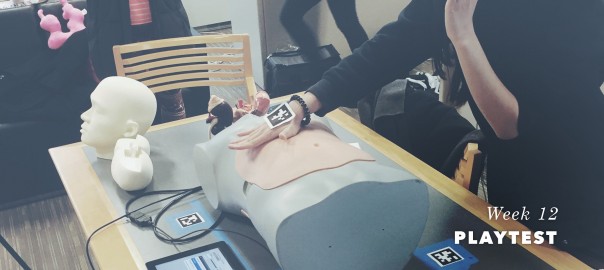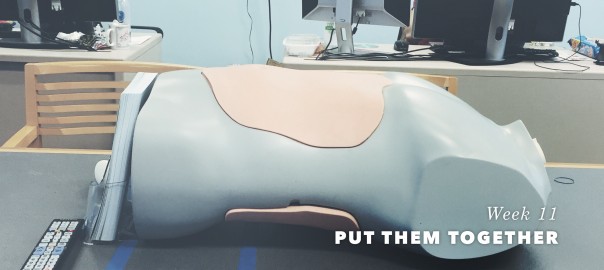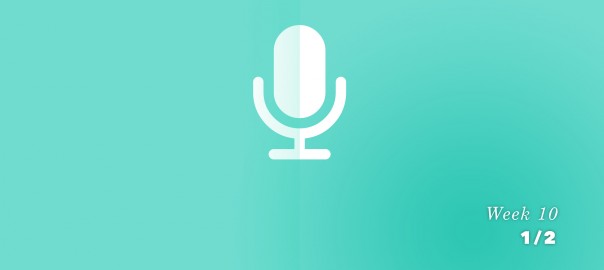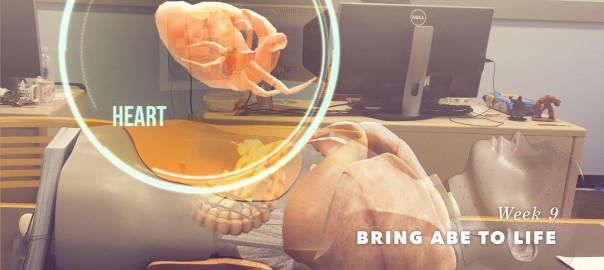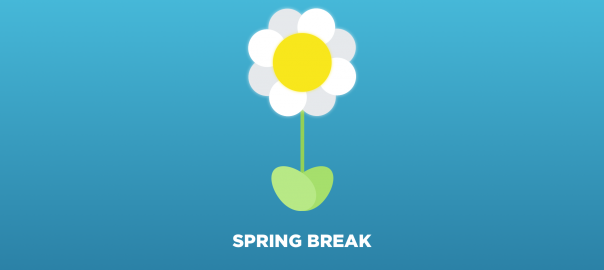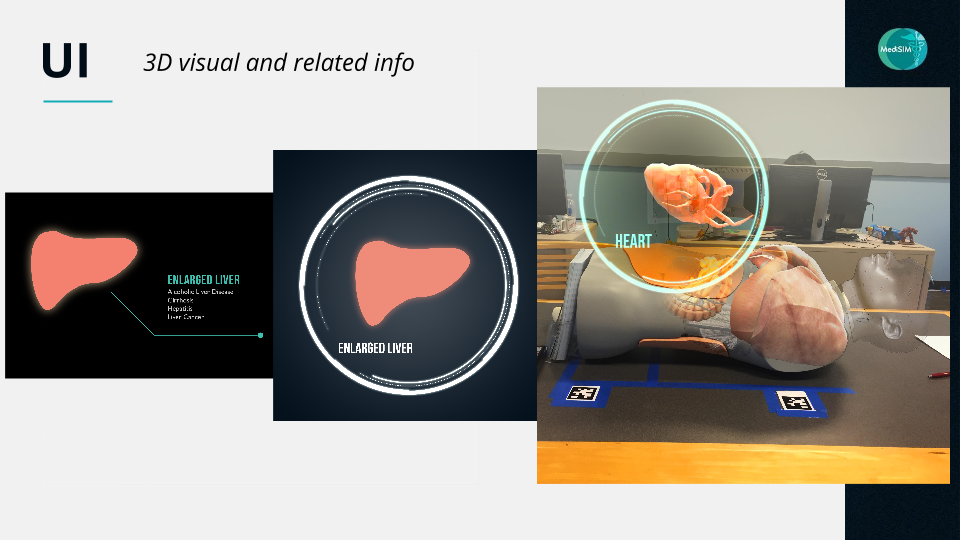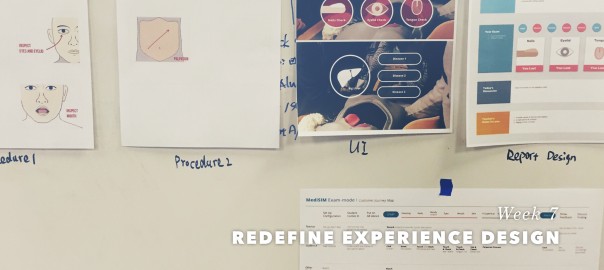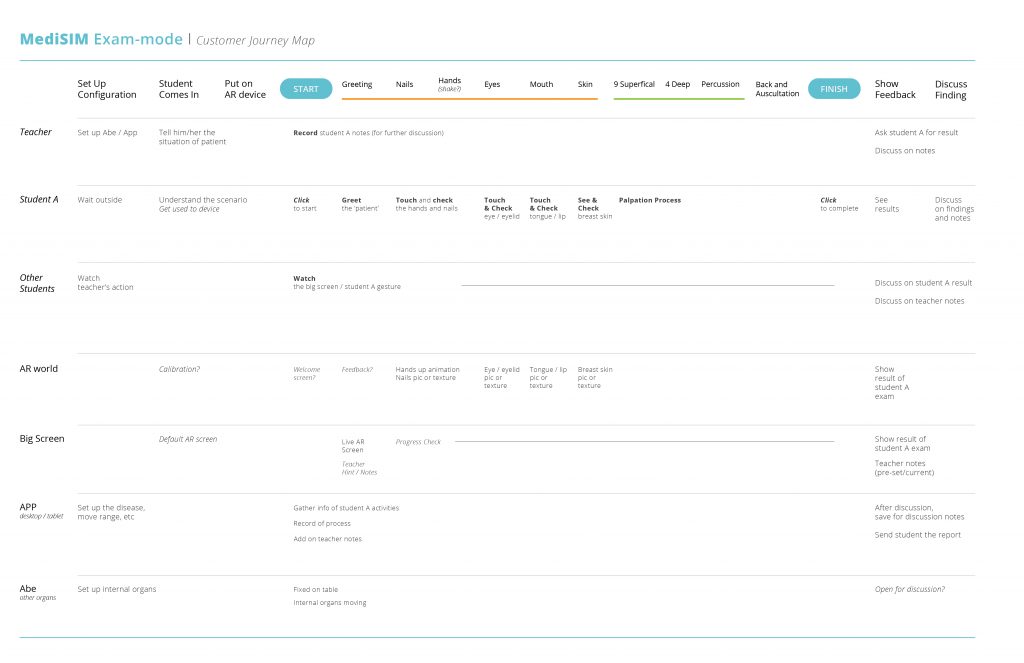Dev Blog – Week 16
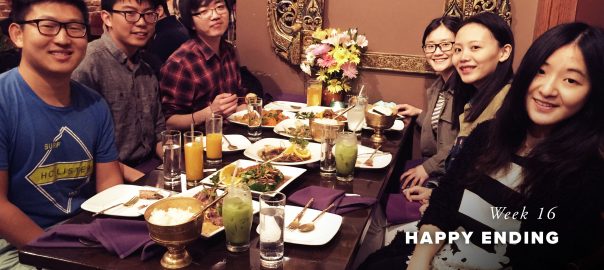
FINAL PRESENTATION.
The semester (finally) went to the end. Many faculties and guests mentioned the project was a huge success and there was a lot of potential.
One of the things, the team didn’t mention during the final presentation, was how others helped them went through the whole semester and overcame different kind of unexpected.
– Thanks to the client, communication over 13-hour difference was not a problem.
– Thanks to the instructors for always encouraging the team especially during the meta development phrase, it was hard for anyone to evaluate what we have done.
– Thanks to the IT team for the devices, especially for HoloLens and the micro-USB charger during ETC showcase
– Thanks to all the guests and faculties’ feedback, especially especially David Culyba for always asking us insightful questions and John Dessler for discover the hidden efforts behind the fun demo and all the critiques.
Without any of you, the team could not have been this far.
There were many things to be proud of, but one of them is very unique and important.
Thanks to the hardworking programmers, the team eventually became the first team ever in the whole HoloLens community to able to send file to HoloLens, and they decided to make the application open source.
Thanks.
